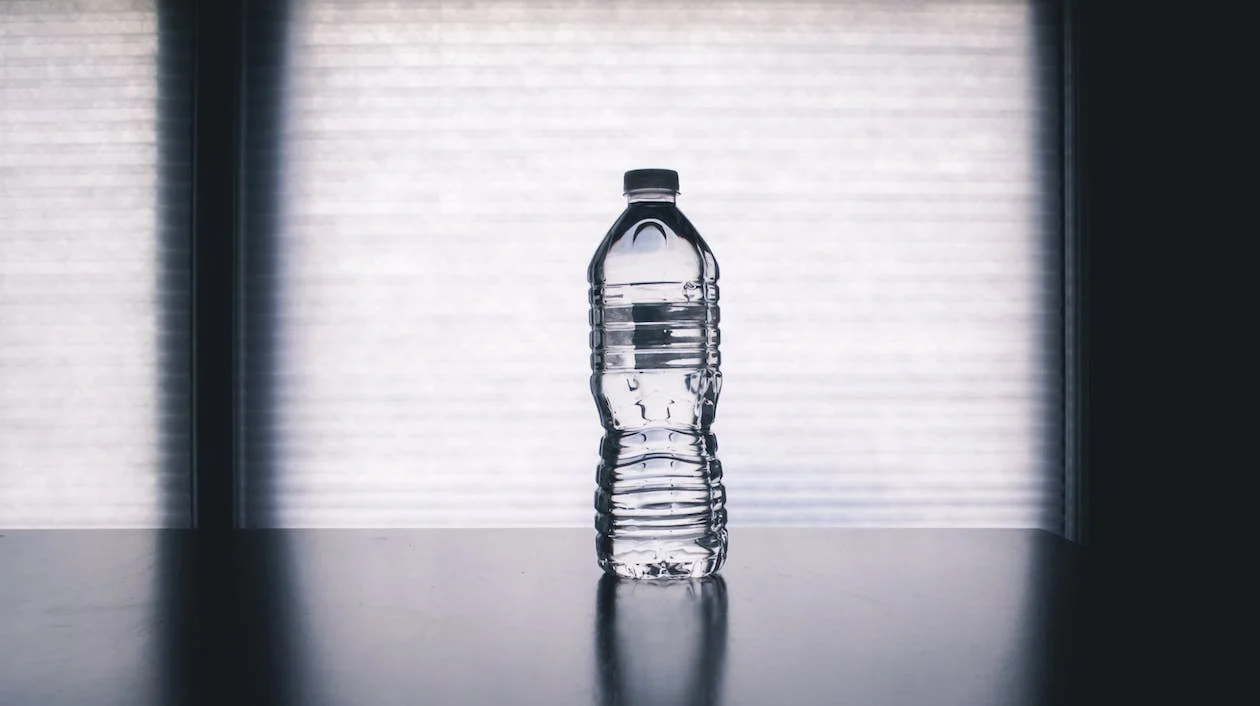This number is between 10 and 100 times more than previously estimated by scientists.
The plastic particles, known as nanoplastics, are so small they are invisible even under a microscope, and as a result, they’ve been extremely difficult to study until now.
The danger of these nanoplastics is that they are so small, they may be able to migrate though human body tissue and enter the bloodstream, distributing potentially harmful chemicals throughout the body.
However, at this stage, the direct health implications this could have for a person are unclear.
Sherri “Sam” Mason, director of sustainability at Penn State, said the study was “exceedingly impressive”.
She also said that the findings of the study reinforce advice that suggests people should drink water from glass or stainless steel containers, as opposed to plastic, to reduce the risk of exposure to micro and nanoplastics.
Mason said that advice included the packaging of food and other drinks.
“People don’t think of plastics as shedding but they do,” she said.
“In almost the same way we’re constantly shedding skin cells, plastics are constantly shedding little bits that break off, such as when you open that plastic container for your store-bought salad or a cheese that’s wrapped in plastic.
“Being able to quantify and identify these plastic particles down to the nanoplastic range is critical to moving our understanding of the human health implications forward.”
The study’s lead author, Naixin Qian, was not shocked by the findings.
“It is not totally unexpected to find so much of this stuff. The idea is that the smaller things get, the more of them there are.”
The good news is that success of the research has already opened doors for further research on the matter of nanoplastics, and on how we might avoid them.






